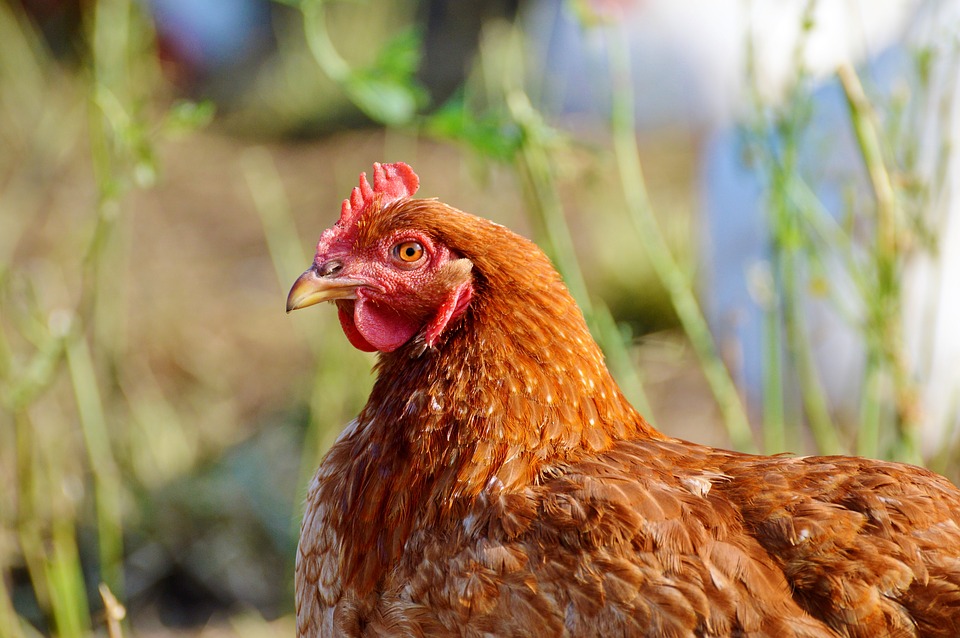Light Management for Home Laying Flocks
go.ncsu.edu/readext?629532
en Español / em Português
El inglés es el idioma de control de esta página. En la medida en que haya algún conflicto entre la traducción al inglés y la traducción, el inglés prevalece.
Al hacer clic en el enlace de traducción se activa un servicio de traducción gratuito para convertir la página al español. Al igual que con cualquier traducción por Internet, la conversión no es sensible al contexto y puede que no traduzca el texto en su significado original. NC State Extension no garantiza la exactitud del texto traducido. Por favor, tenga en cuenta que algunas aplicaciones y/o servicios pueden no funcionar como se espera cuando se traducen.
Português
Inglês é o idioma de controle desta página. Na medida que haja algum conflito entre o texto original em Inglês e a tradução, o Inglês prevalece.
Ao clicar no link de tradução, um serviço gratuito de tradução será ativado para converter a página para o Português. Como em qualquer tradução pela internet, a conversão não é sensivel ao contexto e pode não ocorrer a tradução para o significado orginal. O serviço de Extensão da Carolina do Norte (NC State Extension) não garante a exatidão do texto traduzido. Por favor, observe que algumas funções ou serviços podem não funcionar como esperado após a tradução.
English
English is the controlling language of this page. To the extent there is any conflict between the English text and the translation, English controls.
Clicking on the translation link activates a free translation service to convert the page to Spanish. As with any Internet translation, the conversion is not context-sensitive and may not translate the text to its original meaning. NC State Extension does not guarantee the accuracy of the translated text. Please note that some applications and/or services may not function as expected when translated.
Collapse ▲Caring for a small chicken flock can be a very rewarding experience and now that daylight hours are falling some small flock owners are wondering whether to light their chickens or not.
First, let’s discuss why we provide extra light in the first place. Hens lay eggs with increased day length and 14 to 16 hours is optimal for egg production. As our daylight decreases in the fall we reach a point where supplemental lighting has to be supplied to keep hens laying consistently through the winter.
You don’t need any special equipment to light your hens, a regular full-spectrum incandescent or LED light bulb and a timer to turn it on and off will be fine. Set your timer to come on in the early morning before sunrise. I prefer morning lighting over the evening because the gradually decreasing light at sunset lets your hens know it’s time to move into the coop and roost for the night. If you set your timer for the evening then the transition from light to complete darkness is sudden and makes it difficult for your animals to get on their roost for the night.
Keep in mind that egg production puts a lot of stress on a hen’s body and winter is a good time for your hens to take a rest from laying, so my suggestion would be if you decide you would like to push your hen’s egg production into the winter provide supplemental light until January 1st. At that time you can stop using lights and let your chickens rest until spring.
If you are new to keeping chickens let me say that supplemental lighting during fall and winter is not necessary but it’s a tool you can use to keep your hen’s egg production up during this time. Many chicken owners prefer to let their chicken’s egg production naturally follow the seasons and deal with the egg shortage for a few weeks. Whichever method you choose making a plan for managing your birds this winter will be a good step toward having healthy productive hens in the spring.





